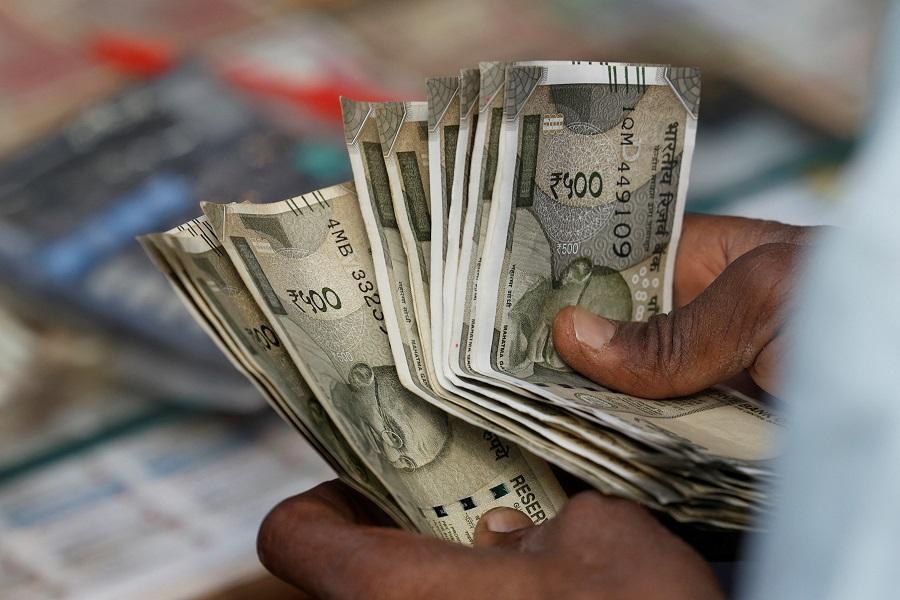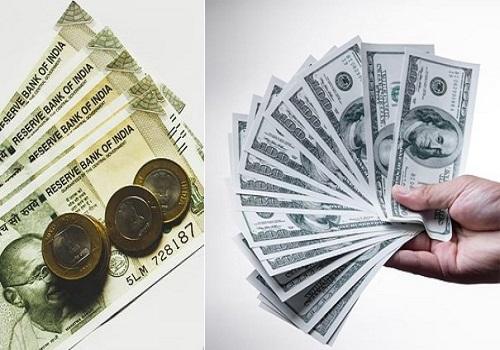
Rupee Set to Open Weaker as Trump Threatens 25% Tariff on Exports
The Indian rupee is likely to open weaker on Thursday as U.S. President Donald Trump threatened a 25% levy on Indian exports, despite ongoing talks to resolve trade tensions. The announcement has sent shockwaves through the foreign exchange market, causing the rupee to weaken against the dollar. Traders are expecting the Reserve Bank of India (RBI) to intervene in the market to prevent the rupee from breaching its record low of 87.95.
The one-month non-deliverable forward (NDF) is suggesting an opening range of 87.66-87.69, which is higher than the previous close of 87.42. This indicates that traders are expecting the rupee to open weaker on Thursday.
The Trump administration’s decision to impose a 25% tariff on Indian exports is a significant development that has implications for the Indian economy. India is one of the largest recipients of U.S. aid, and the tariffs are expected to have a significant impact on the country’s exports.
The Indian government has been working to resolve the trade tensions with the U.S. for several months, but the latest development has caused concerns about the impact on the economy. The rupee has been under pressure in recent months due to a widening current account deficit and high oil prices.
The RBI has been intervening in the market to support the rupee, but the latest development has added to the pressure on the currency. The central bank has been selling dollars to buy rupees to support the currency, but the impact of the tariffs is expected to be significant.
Traders are expecting the RBI to continue intervening in the market to prevent the rupee from breaching its record low. The central bank has been working to stabilize the currency and prevent a sharp decline in the value of the rupee.
The impact of the tariffs on the Indian economy is expected to be significant. The country’s exports are expected to decline, and the trade deficit is expected to widen. The tariffs are also expected to lead to higher inflation and a decline in consumer spending.
The Indian government has been working to diversify its exports and reduce its dependence on the U.S. market. The country has been seeking to increase its exports to other countries, such as China and the European Union.
The impact of the tariffs on the Indian economy is expected to be felt in the coming months. The country’s GDP growth is expected to slow down, and the trade deficit is expected to widen. The tariffs are also expected to lead to higher inflation and a decline in consumer spending.
In conclusion, the Indian rupee is likely to open weaker on Thursday as U.S. President Trump threatens a 25% levy on Indian exports. The announcement has sent shockwaves through the foreign exchange market, causing the rupee to weaken against the dollar. Traders are expecting the RBI to intervene in the market to prevent the rupee from breaching its record low.




